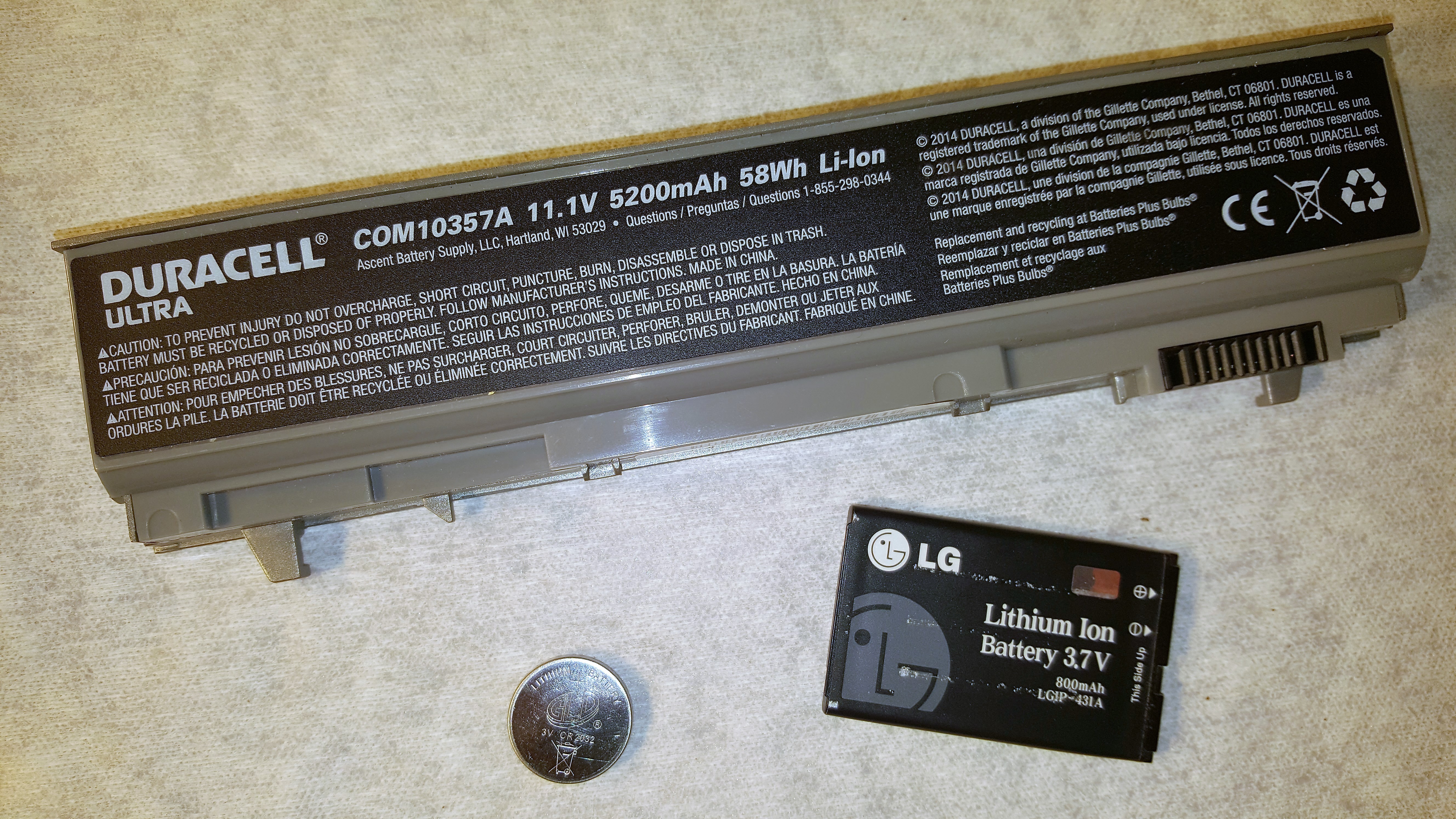The Dangerous Goods Regulations of the International Air Transport Association (IATA) are recognized by most of the world’s airlines as the standard for the transportation of dangerous goods by air. In practice, anyone offering a dangerous good for transport by…
Training Requirements for Persons Involved in the Transportation of Lithium Batteries
In case you haven’t heard, the transportation in commerce of lithium batteries of all types – and of almost all sizes – is subject to the regulations of several regulatory agencies depending on how it is to be transported. Transportation…
FAA Proposes Civil Penalties Against Amazon for Alleged Violations of HazMat Transportation Regulations
The Bullet: The Federal Aviation Administration (FAA) alleges that Amazon, Inc. violated USDOT regulations for the transportation of hazardous materials by air on several occasions. It has proposed fines as a civil penalty for those alleged violations. The information for…

Classification of Lithium Batteries for Transportation in Commerce
Persons involved in the transportation in commerce of lithium batteries are subject to the regulations of at least one – or perhaps all – of the following regulatory agencies: The Pipeline and Hazardous Materials Safety Administration (PHMSA) within the U.S. Department…
Significant Changes to the IATA Dangerous Goods Regulations for 2016
Each year the Dangerous Goods Regulations of the International Air Transport Association are published anew. That means that when the ball drops on 12.31.15 any copies of the 56th Edition of the Dangerous Goods Regulations are worthless and must be replaced by…
The Size Requirements for Package Marks in the IATA Dangerous Goods Regulations
If you ship HazMat/dangerous goods by air, you are likely familiar – or should be – with the Dangerous Goods Regulations of the International Air Transport Association (IATA). Though not officially recognized by PHMSA/USDOT, its basis on the International Civil Aviation…
Air Shipment of Samples with Ethanol
Not every question I receive comes from an industrial facility embedded on the outskirts of some major city or from a busy transportation hub in the nation’s heartland. Some, like this one on March 14th, 2015, come from exotic locations…
Required Information on the Shipper’s Declaration of Dangerous Goods
Section 8 of the International Air Transport Association (IATA) Dangerous Goods Regulations require the shipper of a dangerous good to provide the information specified by the regulations for each and every consignment of dangerous goods unless an exception is provided at…
Changes to the 56th Edition of the IATA DGR Related to Lithium Batteries
The 56th Edition of the Dangerous Goods Regulations of the International Air Transport Association (2015) contains many significant changes. None of them followed with more widespread interest than those related to the transportation by air of lithium batteries. Below is…
An Overview of New Regulations in the 56th Edition (2015) of the IATA Dangerous Goods Regulations
The transportation of hazardous materials (aka: Dangerous Goods) by air will likely have to comply with the Dangerous Goods Regulations of the International Air Transport Association. I say “likely” because compliance with the DGR of IATA is a requirement of…